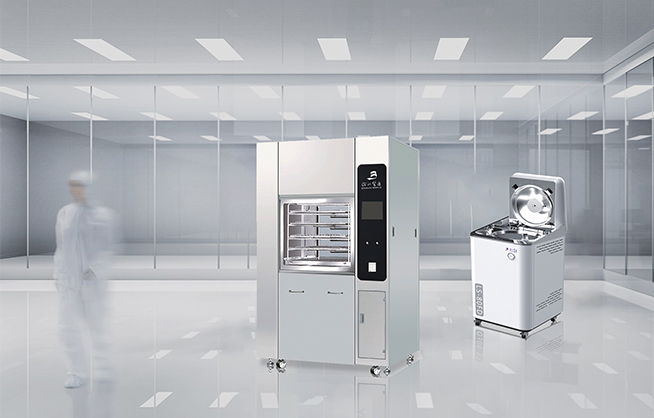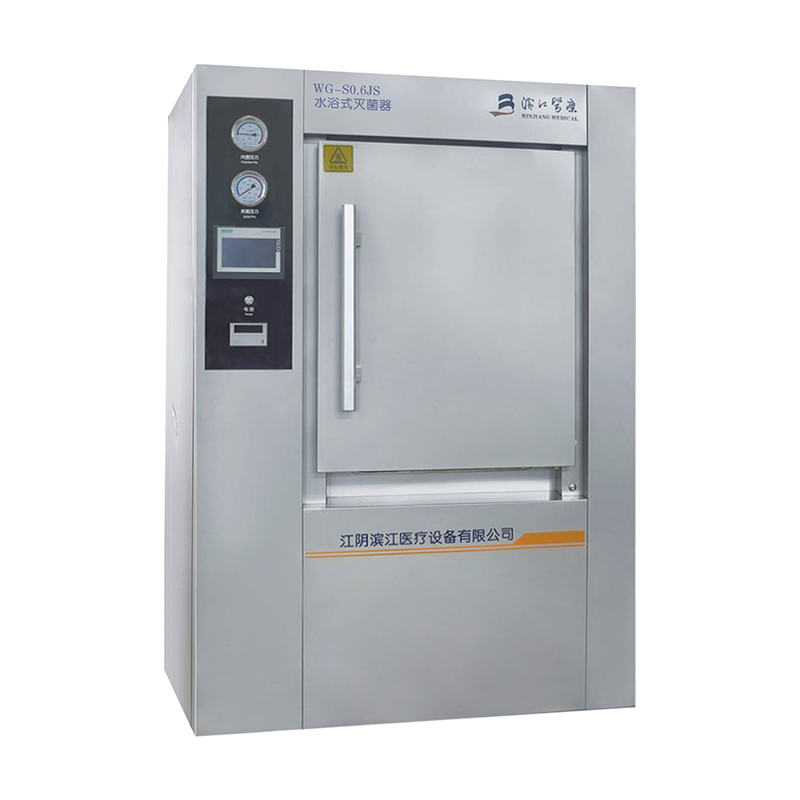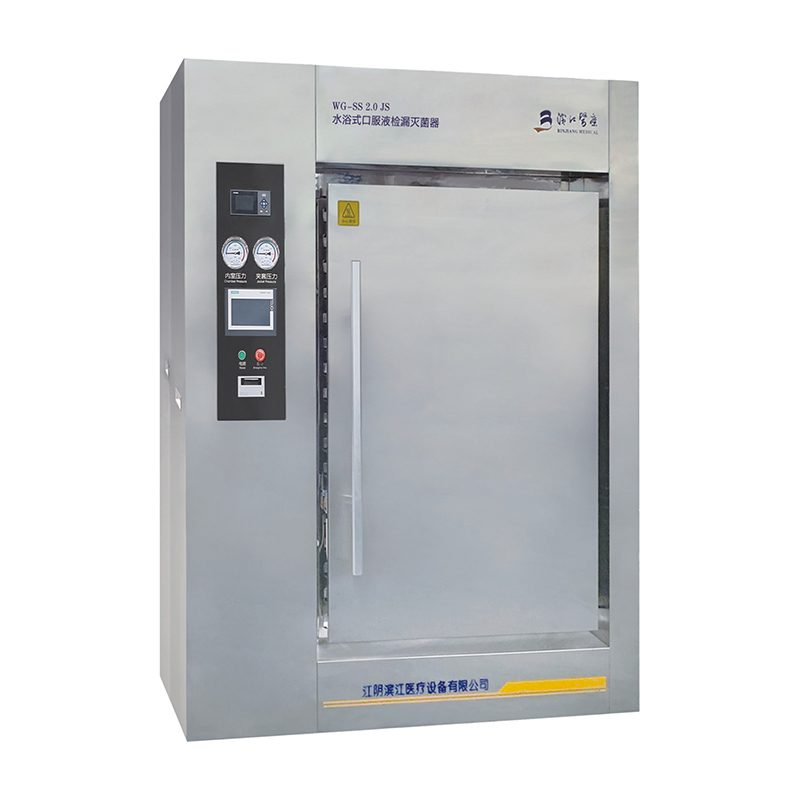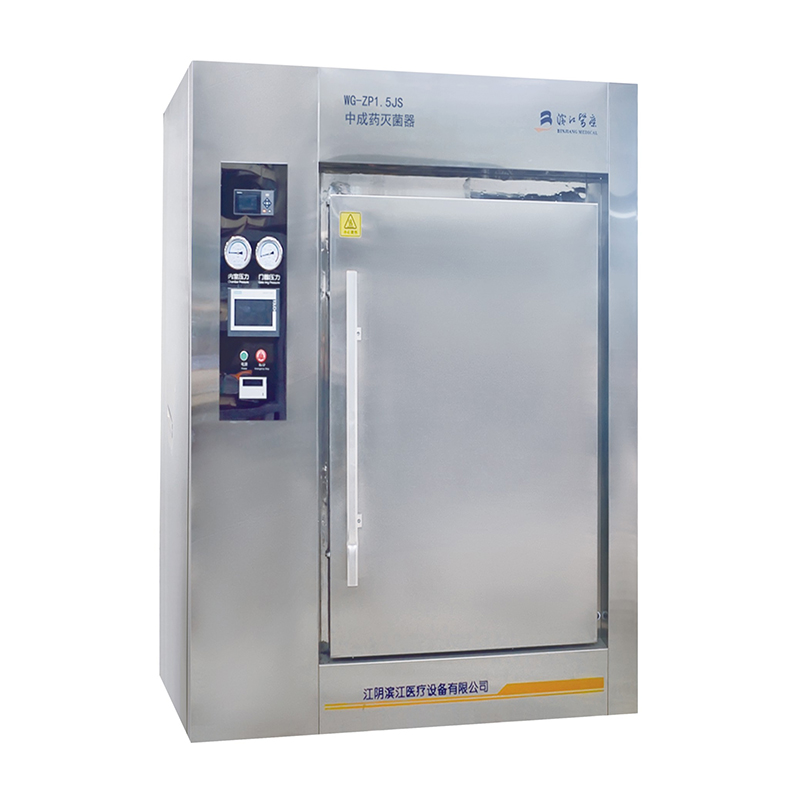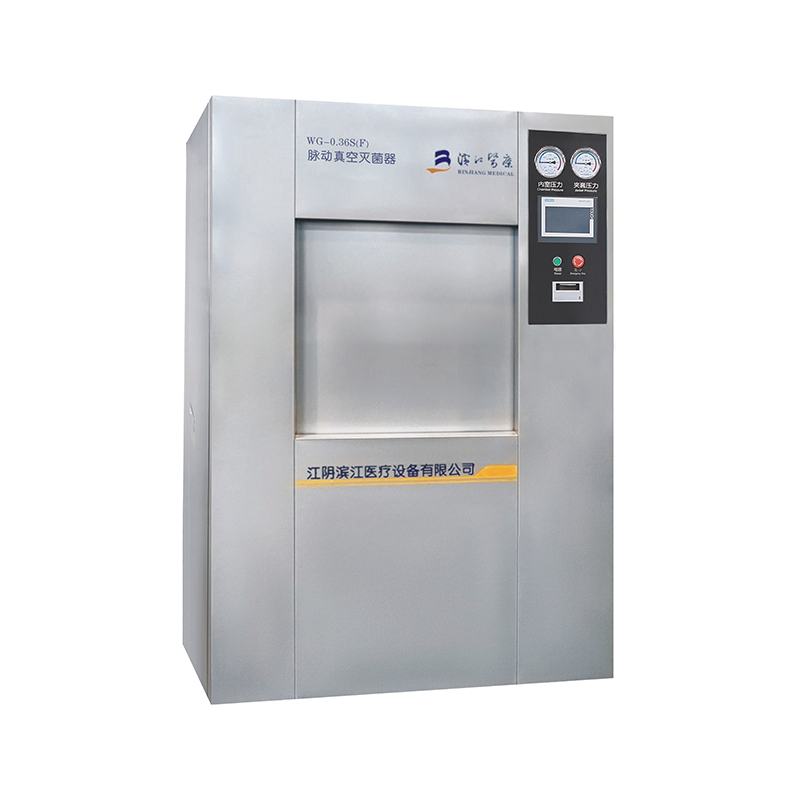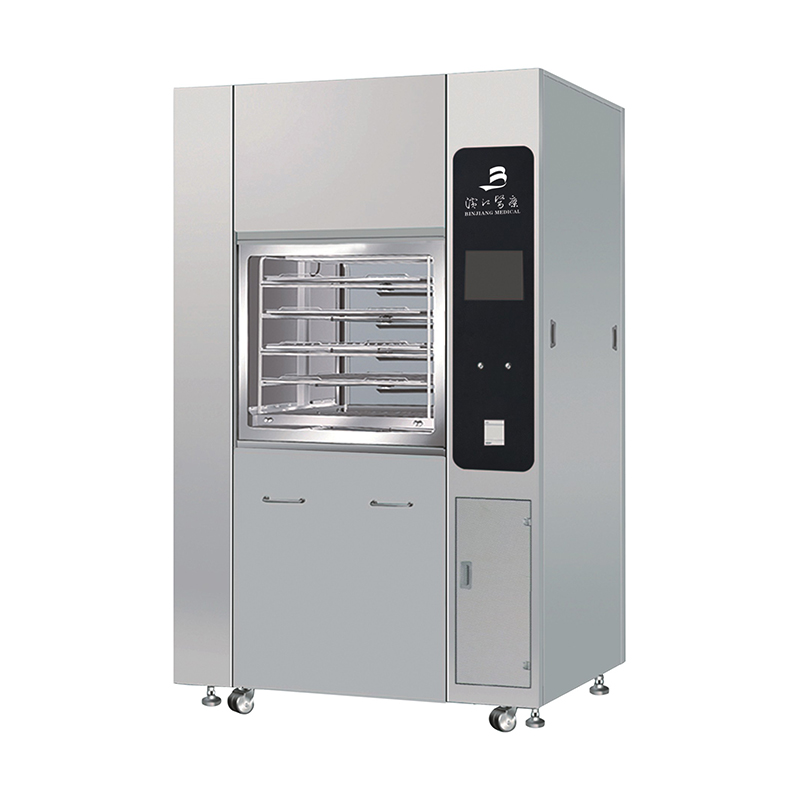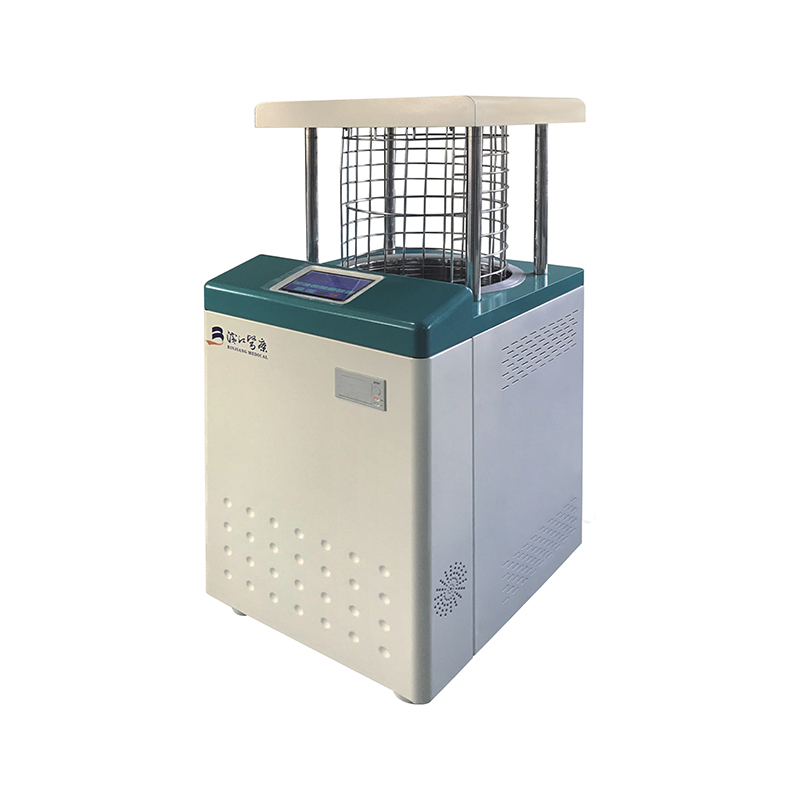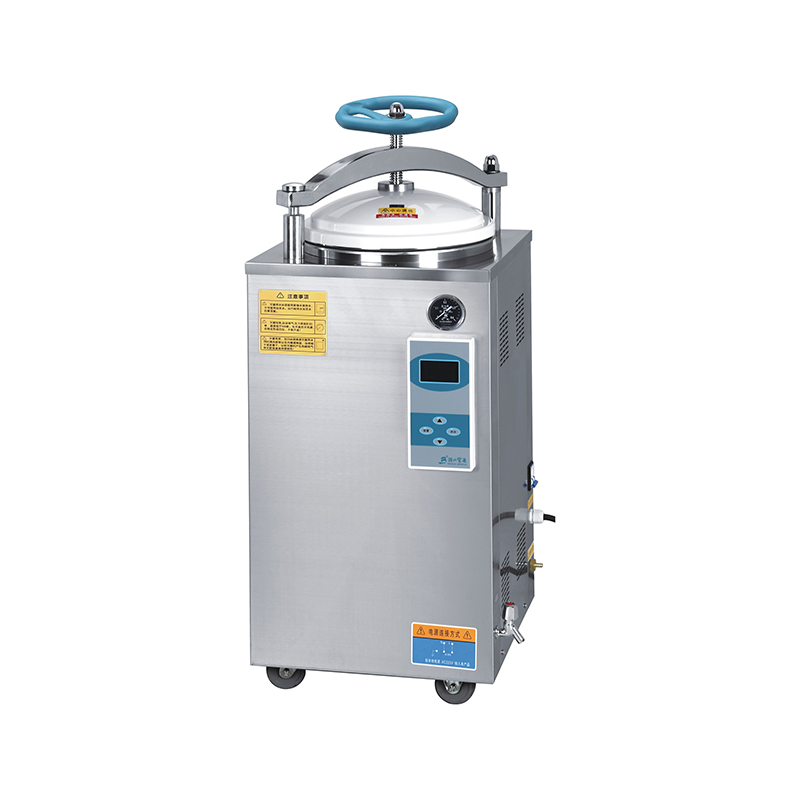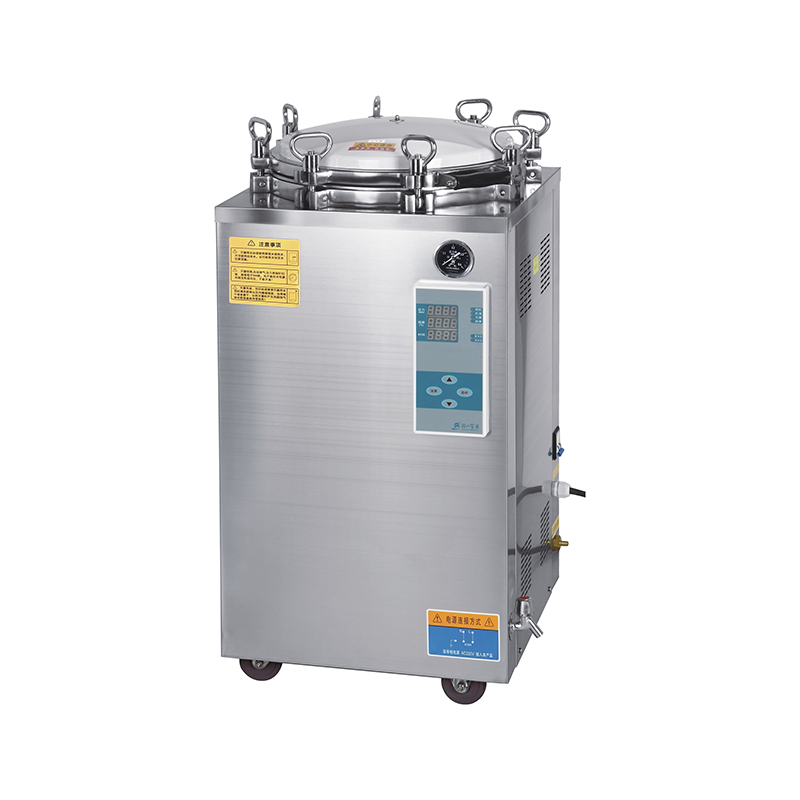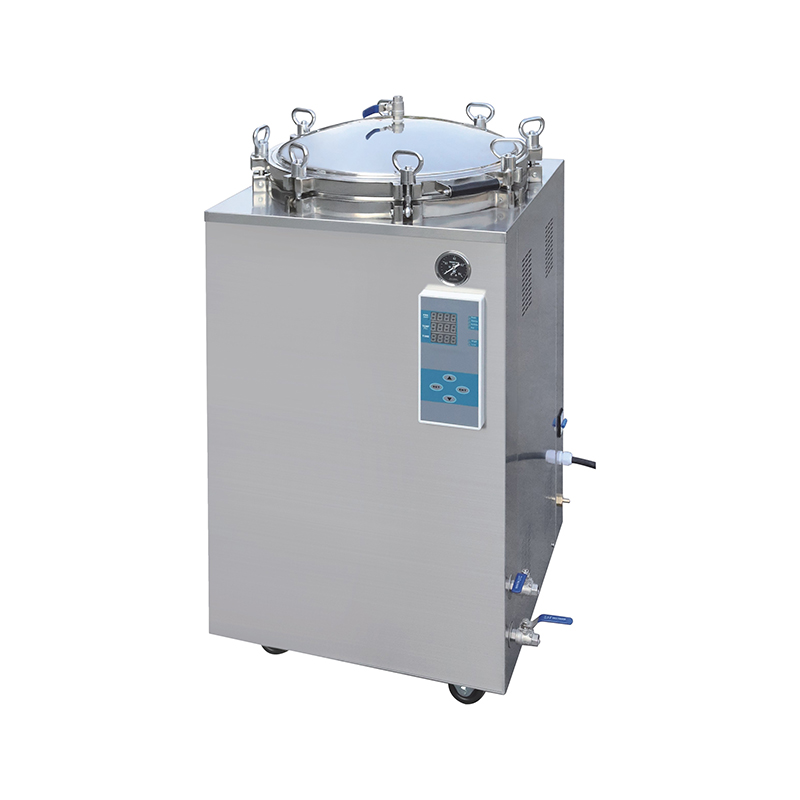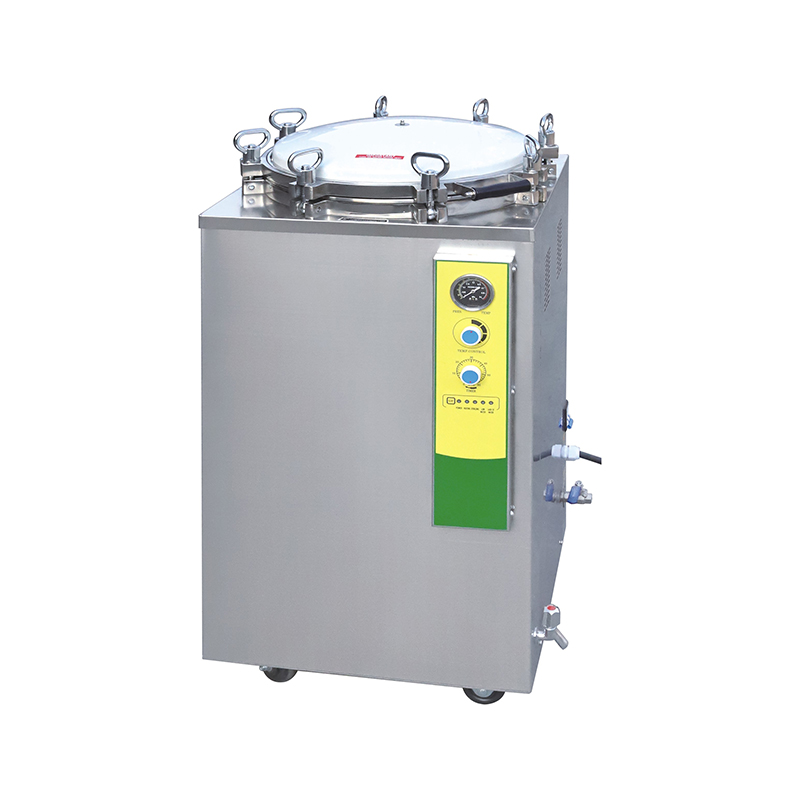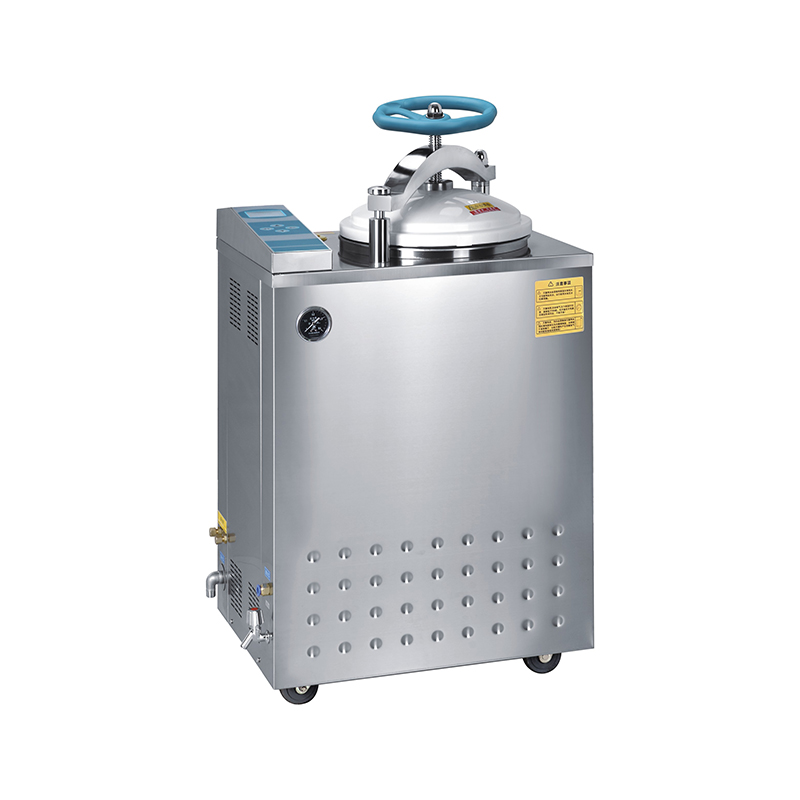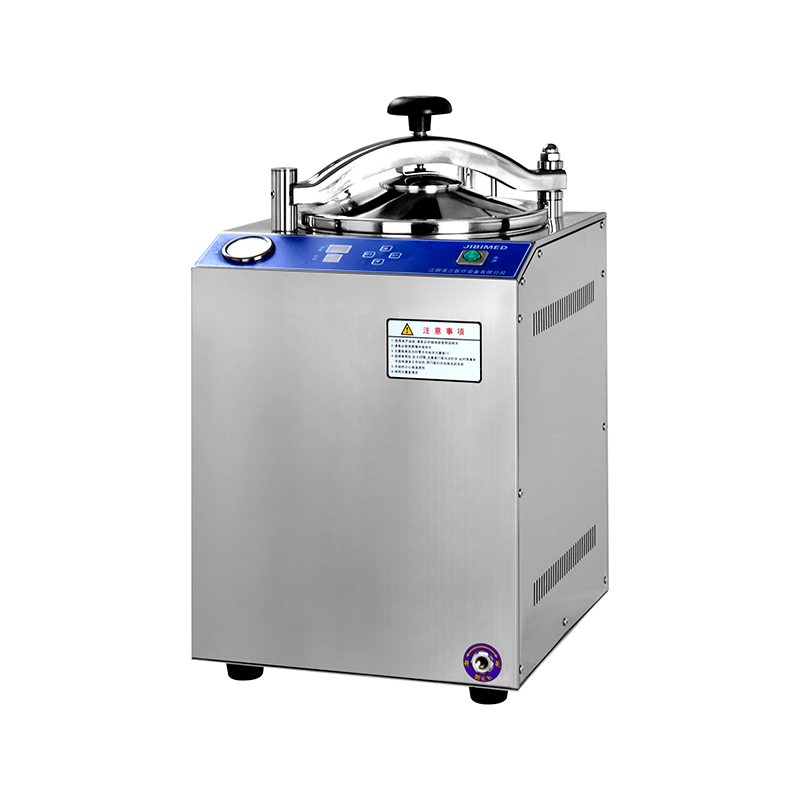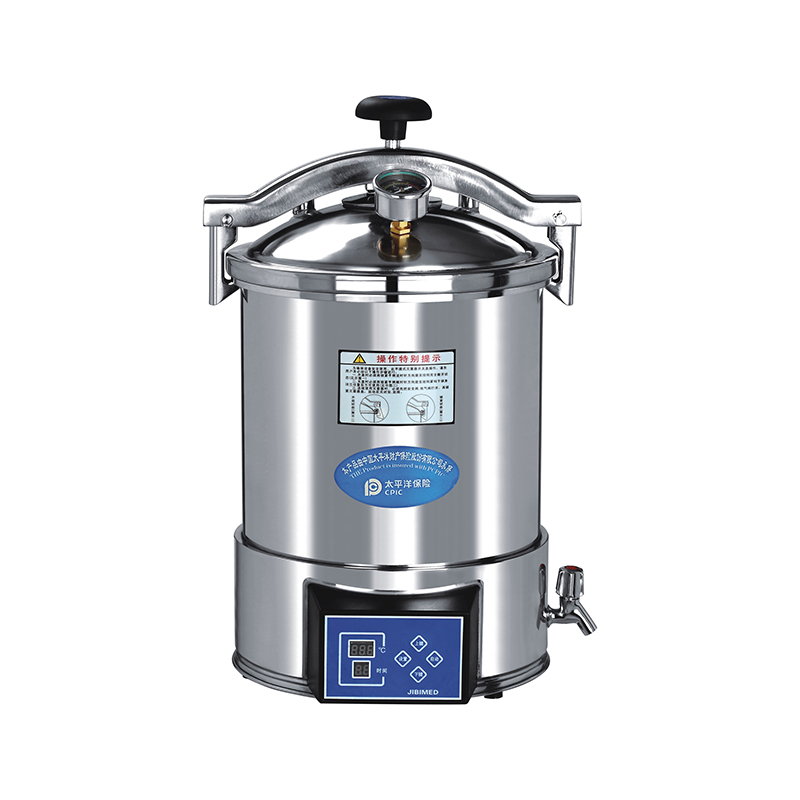How do space sterilizers work to disinfect air and surfaces?
Posted by Admin | 04 Jul
In environments where cleanliness and sterility are paramount, such as hospitals, laboratories, and food processing facilities, space sterilizers play a crucial role in maintaining health and safety standards. These devices employ advanced technologies designed to effectively disinfect both air and surfaces, targeting a wide range of pathogens including bacteria, viruses, and molds. Here’s a detailed look at how space sterilizers achieve this:
UV-C Germicidal Irradiation
One of the most effective methods utilized by space sterilizers is UV-C germicidal irradiation. UV-C light, a specific range of ultraviolet light, works by damaging the DNA and RNA of microorganisms upon exposure. This damage prevents them from replicating and renders them harmless.
Air Disinfection: Airborne pathogens are continuously exposed to UV-C light as they pass through the sterilizer. The UV-C lamps inside the device emit short-wavelength UV-C light, which effectively neutralizes microorganisms suspended in the air.
Surface Disinfection: For surfaces, UV-C lamps can be directed to specific areas or used in chambers where items are placed for disinfection. This method is particularly effective for non-porous surfaces where direct exposure to UV-C light can be maintained.
HEPA Filtration
Many space sterilizers incorporate High-Efficiency Particulate Air (HEPA) filters, known for their ability to capture a high percentage of airborne particles, including bacteria, viruses, and allergens.
Airborne Particle Removal: HEPA filters mechanically trap particles as air passes through them. These filters are capable of capturing particles as small as 0.3 microns with a high efficiency rate, ensuring that the air leaving the sterilizer is significantly cleaner and safer.
Ozone Generation
Ozone (O3) is a powerful oxidizing agent that can effectively disinfect air and surfaces by breaking down organic materials.
Air and Surface Disinfection: Ozone generators produce ozone molecules that react with and destroy microorganisms. Ozone can penetrate air and reach areas where UV-C light might not, making it effective for disinfecting larger spaces and hard-to-reach corners.
Photocatalytic Oxidation (PCO)
PCO technology utilizes a catalyst (typically titanium dioxide) activated by UV light to generate reactive oxygen species (ROS), which in turn oxidize and break down organic pollutants.
Continuous Air Cleaning: PCO technology continuously reduces contaminants in the air by breaking down volatile organic compounds (VOCs), bacteria, viruses, and mold spores. It provides ongoing air purification without the need for frequent filter replacements.
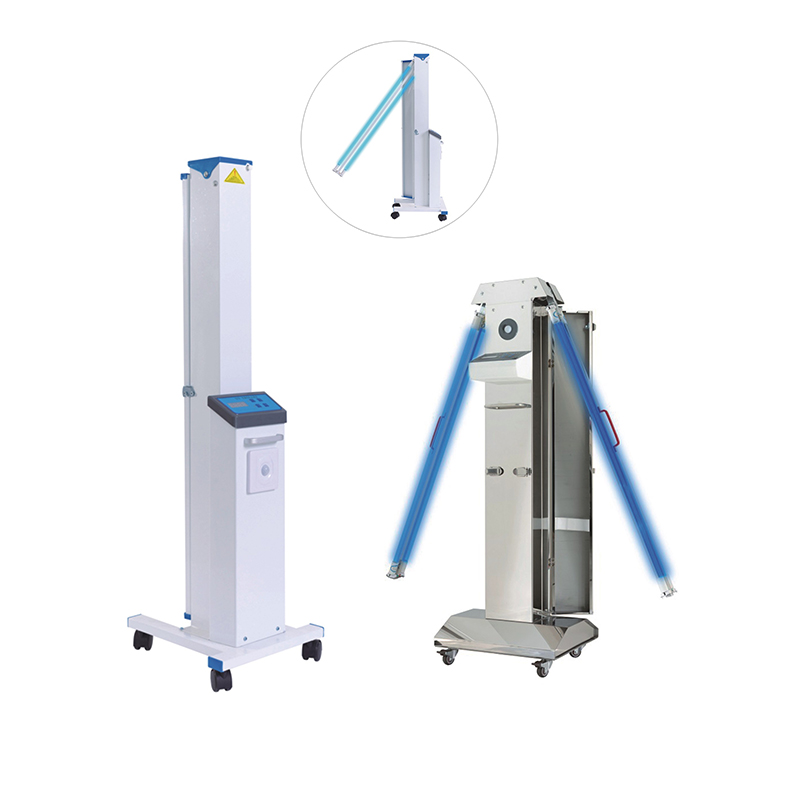
Ionization and Plasma Technology
Ionizers release ions into the air that attach to airborne particles, causing them to clump together and fall out of the air or stick to surfaces. Plasma technology generates charged ions that react with and neutralize airborne pathogens.
Ion and Plasma Interaction: These technologies actively purify the air by charging particles and rendering them harmless. They are effective in reducing airborne pathogens and improving overall air quality.
Chemical Disinfectants
Some advanced models of space sterilizers may utilize chemical disinfectants such as hydrogen peroxide vapor or chlorine dioxide gas.
Comprehensive Disinfection: Chemical disinfectants are dispersed into the air or applied to surfaces, providing a broad-spectrum approach to killing microorganisms. They are effective in complementing other disinfection methods to achieve thorough sterilization.
Choosing the Right Sterilization Method
The choice of space sterilization method often depends on several factors, including the specific requirements of the environment, the types of pathogens present, and safety considerations. For instance, UV-C irradiation and HEPA filtration are common choices for their effectiveness in healthcare settings, while ozone generation and PCO technology offer continuous disinfection benefits in larger spaces.


 English
English русский
русский Français
Français Español
Español bahasa Indonesia
bahasa Indonesia Deutsch
Deutsch عربى
عربى 中文简体
中文简体
